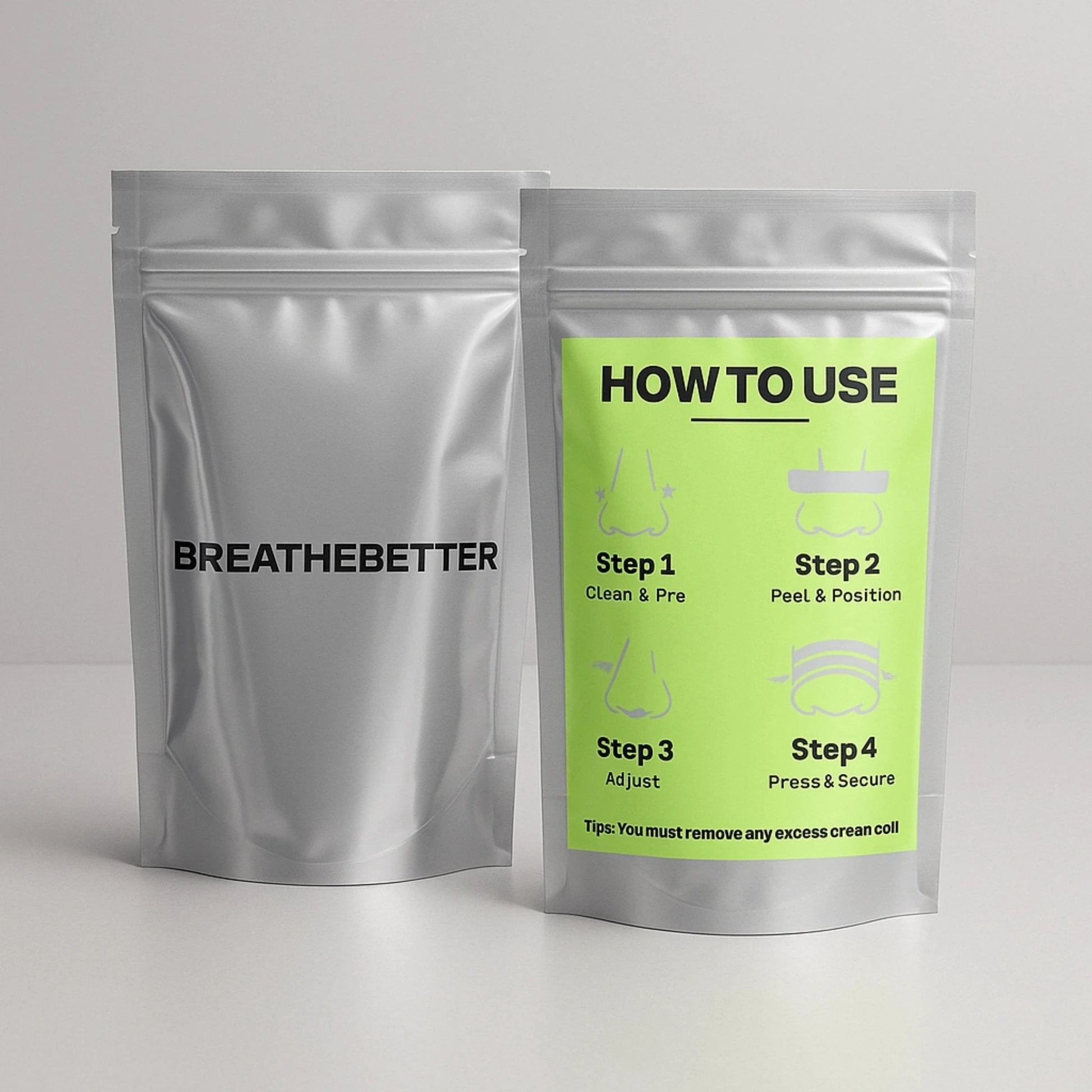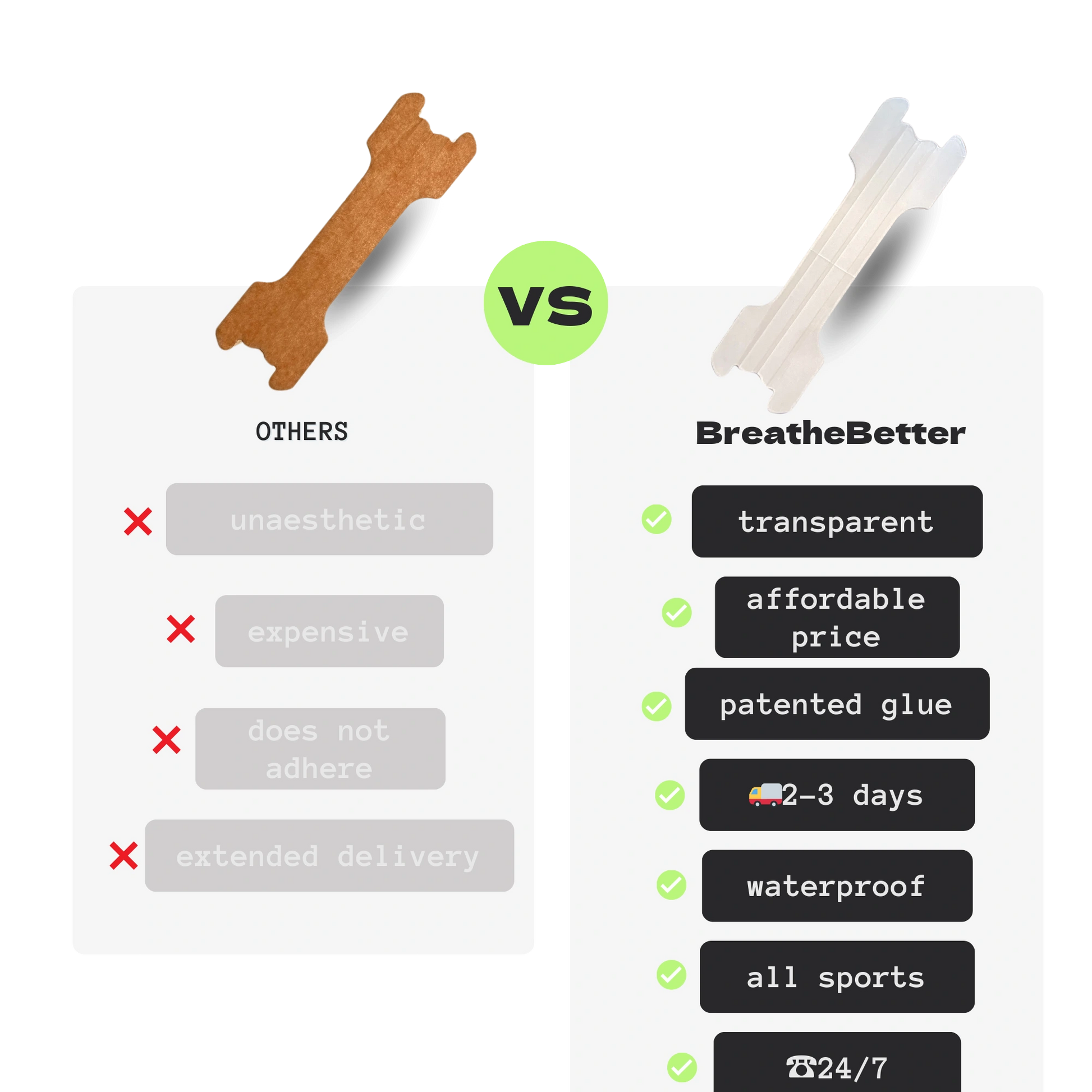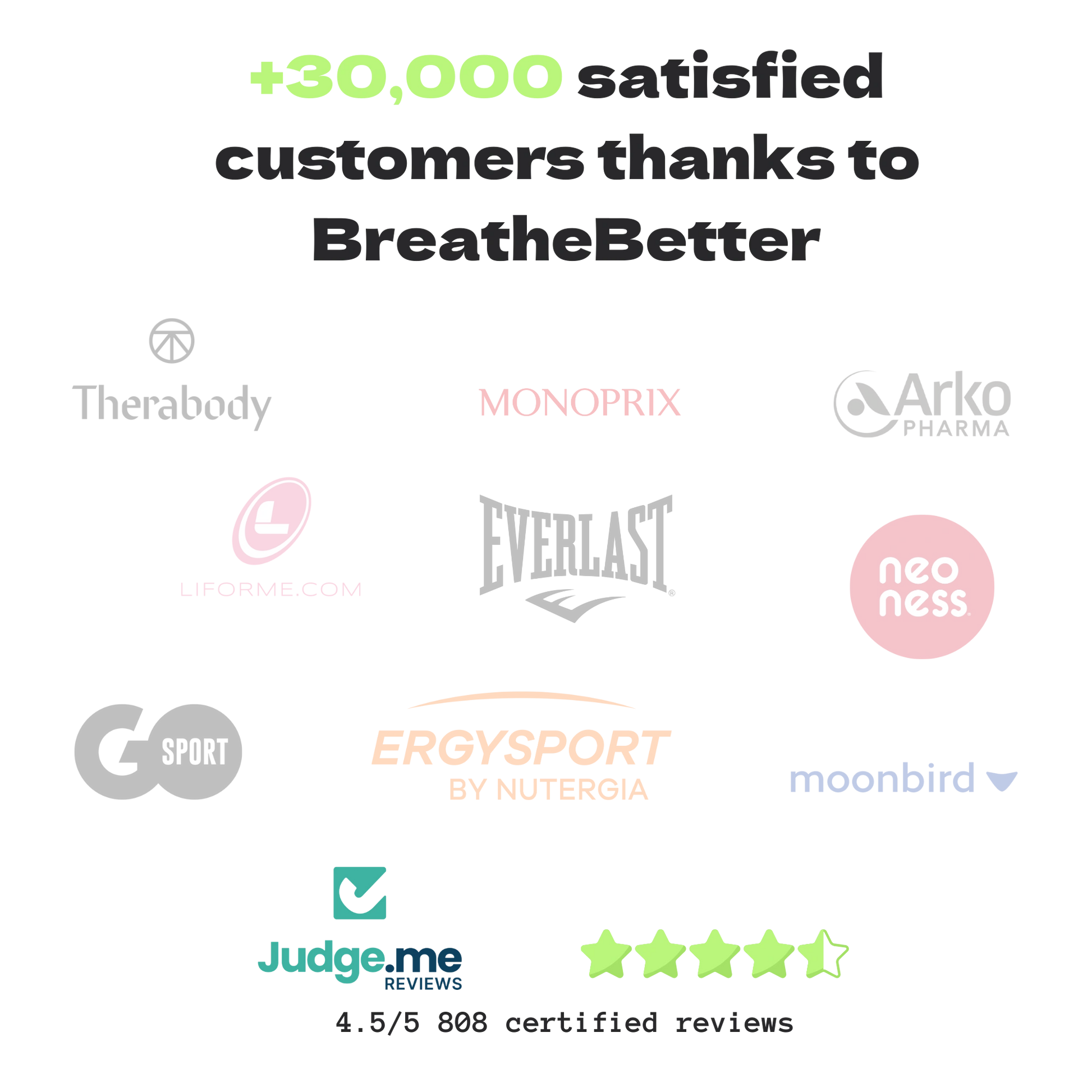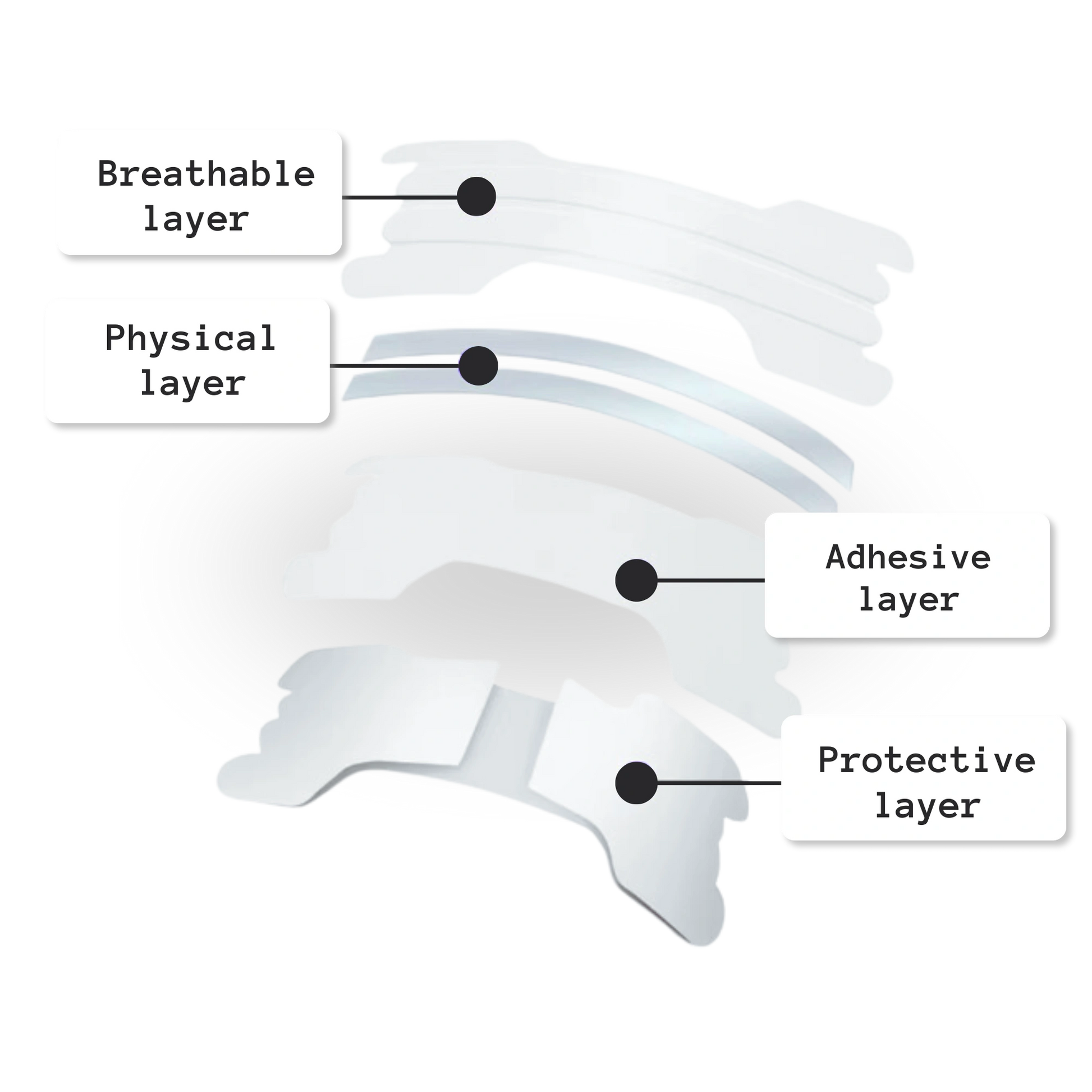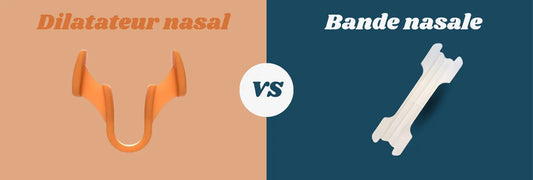Boxing, MMA, jiu-jitsu, Muay Thai… In all combat sports, breathing is a major key to performance. Yet, few fighters know they can improve it with something as simple as a boxing or combat sports nose strip .
Used in training or sometimes in competition, it promises to help you breathe better, stay focused, delay fatigue, and even... protect you from knockouts. But is it really effective? Is it allowed during fights? And how should you use it properly?
We answer all your questions here, with concrete feedback from fighters, physiological explanations, and practical advice.
Why Breathing Changes Everything in Combat Sports
In both boxing and MMA, breath management is often what separates the good from the great. When your heart rate rises, your arms begin to feel heavy, and your opponent shows no sign of weakening, only efficient breathing can keep you from breaking down.
Breathing through the mouth often results in:
- unnecessary hyperventilation
- a loss of lucidity at the end of the round
- a dry mouth, a source of discomfort
- too slow recovery between action phases
Conversely, nasal breathing allows for better oxygenation, a more stable heart rate, and longer concentration.
Are nose strips useful for boxing?
Nasal strips work by mechanically widening the nostrils. This improves airflow, especially in people whose nasal passages are naturally narrow or often congested.
Benefits observed in training:
- smoother breathing during intense rounds
- better recovery on 30-60 second breaks
- less mental fatigue related to shortness of breath
- sensation of “lightness” of breathing during sparring
They also allow nasal breathing to be maintained even when the effort becomes very intense, whereas the majority switch to disorganized mouth breathing.
Can you wear a nose strip during a fight?
This is THE question. In the majority of cases, nasal strips are not allowed in official combat , for regulatory reasons (non-approved external equipment, risk of detachment).
But that doesn't mean they're useless. They're particularly interesting:
- in the physical preparation phase
- during heavy or light sparring
- during cardio conditioning sessions
- for active post-combat recovery
In other words, they are an excellent training tool , even if they don't accompany you into the ring in competition.
What do the fighters who use them say?
Many boxers and combat sports practitioners have tested them, particularly in physical preparation or during intense cardio sessions.
Here's what they report most often:
- “I get less out of breath on circuit training.”
- “I feel like I'm managing my standing-to-floor transitions better.”
- “On the hard rounds, I recover better between breaks.”
- “I feel more lucid at the end of the round.”
This is even more true when we combine their use with specific nasal breathing work (such as nasal-only breathing or cardiac coherence).
What are the real physiological benefits?
In combat sports, every tiny advantage counts. Here are the concrete benefits of better nasal breathing facilitated by a nasal strip:
| Profit | Impact in combat |
|---|---|
| Better oxygenation | More energy to maintain pressure |
| Less shortness of breath | Better lucidity at the end of the round |
| Decreased heart rate | Optimized stress management |
| Faster recovery | More efficient effort/rest transition |
| Less mouth opening | Reduced risk of full axis KO (open mouth) |
And on a daily basis, it also promotes more complete recovery during sleep.
How to Use Nose Strips in Training
To get the most out of boxing or combat sports nose strips , you need to incorporate them at the right times.
When to use them:
- during HIIT cardio or heavy bag sessions
- during medium intensity sparring
- during warm-ups to activate nasal breathing
- at home, during naps or passive recovery
BreatheBetter's thin, transparent nasal strips are ideal for this. They stay put even when sweating, are invisible on the skin, and can be worn comfortably under a helmet or cap.
Can you breathe only through your nose during a round?
Not always. And that's not the point. The idea isn't to force yourself to block your mouth, but to train your body to delay the moment you switch to mouth breathing .
Here's how to get started:
- warm up with nasal breathing only
- in the first rounds, keep your mouth closed as much as possible
- breathe through your nose between rounds to bring your heart rate down
- If you lose control, return to calm, nasal breathing as soon as possible
This work allows you to develop more stable, less explosive but more lasting endurance over time.
Why breathing through your nose also protects you
In boxing, you've probably been told, "Don't breathe through your mouth, or you'll get your jaw popped." This isn't just a myth.
When you breathe through your mouth, you open your jaw, expose your chin, and more easily risk a knockout from a well-placed jab.
Nasal breathing, on the contrary:
- keeps the jaw closed and relaxed
- allows you to keep your mouth protected behind the mouthguard
- promotes good head-spine alignment
It's a detail... but a detail that can make all the difference in a close exchange.
A nasal strip for boxing or combat sports isn't a miracle solution. But it's a simple, effective, and accessible tool for breathing better, recovering better, and staying clear-headed longer during exercise.
Used intelligently in training, it helps strengthen your respiratory system, optimize your focus, and better manage the intensity of each round. And with BreatheBetter bands, you can do it comfortably, discreetly, and effectively.
Want to experience the difference in your next workout? Try BreatheBetter nasal strips and feel the impact better breathing has on your mental health and endurance.
And to go further, also read our article “ Bodybuilding schedule: Push - Pull - Leg ” .



